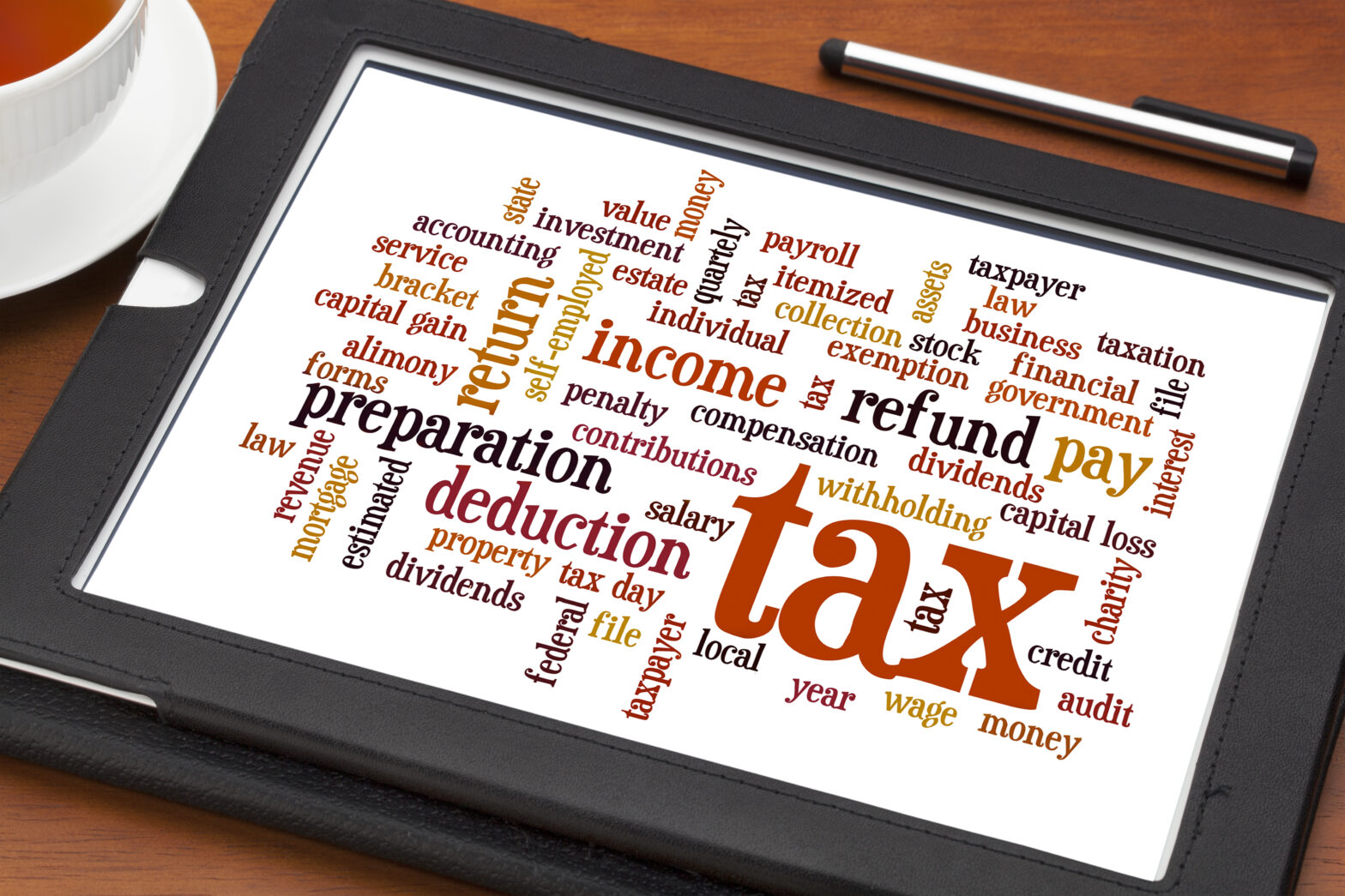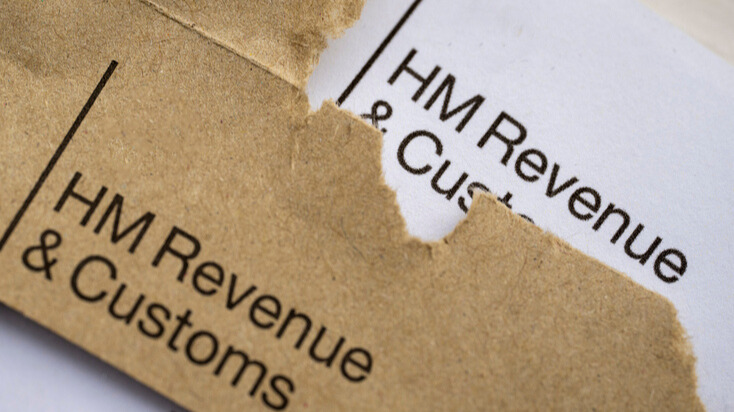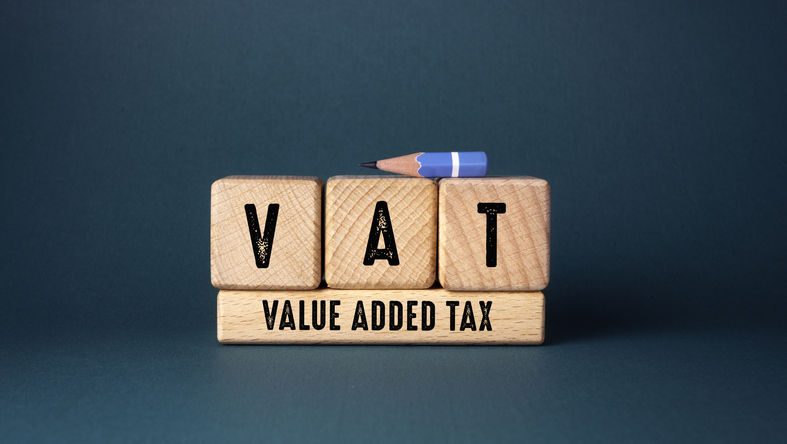Back in the mists of time, a ‘tax planning’ idea gained momentum. It enabled employers to make loans to their employees through employee benefit trusts in place of a salary, and this avoided or delayed the payment of PAYE tax and national insurance contributions. HMRC did not like this idea, and so, in 2011, it introduced the disguised remuneration rules, which ensured such payments were taxed as if indeed they were salary.
Until now, partnerships and sole traders have not been subject to the same rules and there has been no legislation in place which brings loans made to them into the charge to tax. This situation will be changing soon; from April 2017, a new charge on ‘relevant benefits’ provided to self-employed persons – which includes partners – is to be introduced.
Although far less widespread than the provision of loans to employees, there are situations in which loans are made to self-employed individuals including partners. Perhaps most common will be the situation where drawings taken from the business exceed profits. In this case those drawings will be a loan from the business, which will now carry a tax charge, even where the business is loss making.
Understanding how the new loan rules apply
The new rules will apply where there is an ‘arrangement’ connected to a self-employed person’s trade or a partnership to provide a ‘relevant benefit’ to the individual. This includes any loans made to the individual or anyone connected to them where the following conditions can be applied:
A deduction is claimed for the payment, which reduces the profits of the business; or
There is a direct or indirect connection between the payment and the provision of goods or services ‘in the course of the relevant trade’.
Where these rules apply, the amount of benefit received (ie the value of the loan) will attract income tax at the individual’s rate of tax. This may be 20 per cent, 40 per cent or 45 per cent, depending on income levels. This will now put self-employed individuals in the same tax position as employees where such loans are concerned.
This tax charge will also be applied to any existing loans that remain outstanding after April 5th 2019. In determining whether a loan remains outstanding any repayment of that loan must have been made personally by the original borrower and not by a third party.
Potential complications for partnerships in future
Although there are some cases where the application of these new rules will be clear cut, there are also instances where an unexpected tax charge might apply.
The following examples highlight situations where an unexpected tax charge is likely to apply:
A partner withdraws cash from a partnership as part of his monthly drawings which are in excess of the profits allocated to him to date. Although the drawings may subsequently be cleared by taxable profit allocations, there are exceptions, and these will trigger a tax liability;
A start-up partnership or sole trader making low profits may be funded by borrowings. Drawings in this case may be funded by those borrowings rather than by profits, and so will effectively be a loan until profits are made in the future, and so will now be taxable.
It is unclear how this legislation will work in practice and time will only tell.
Lesley Stalker is the head of the tax team at RJP.





